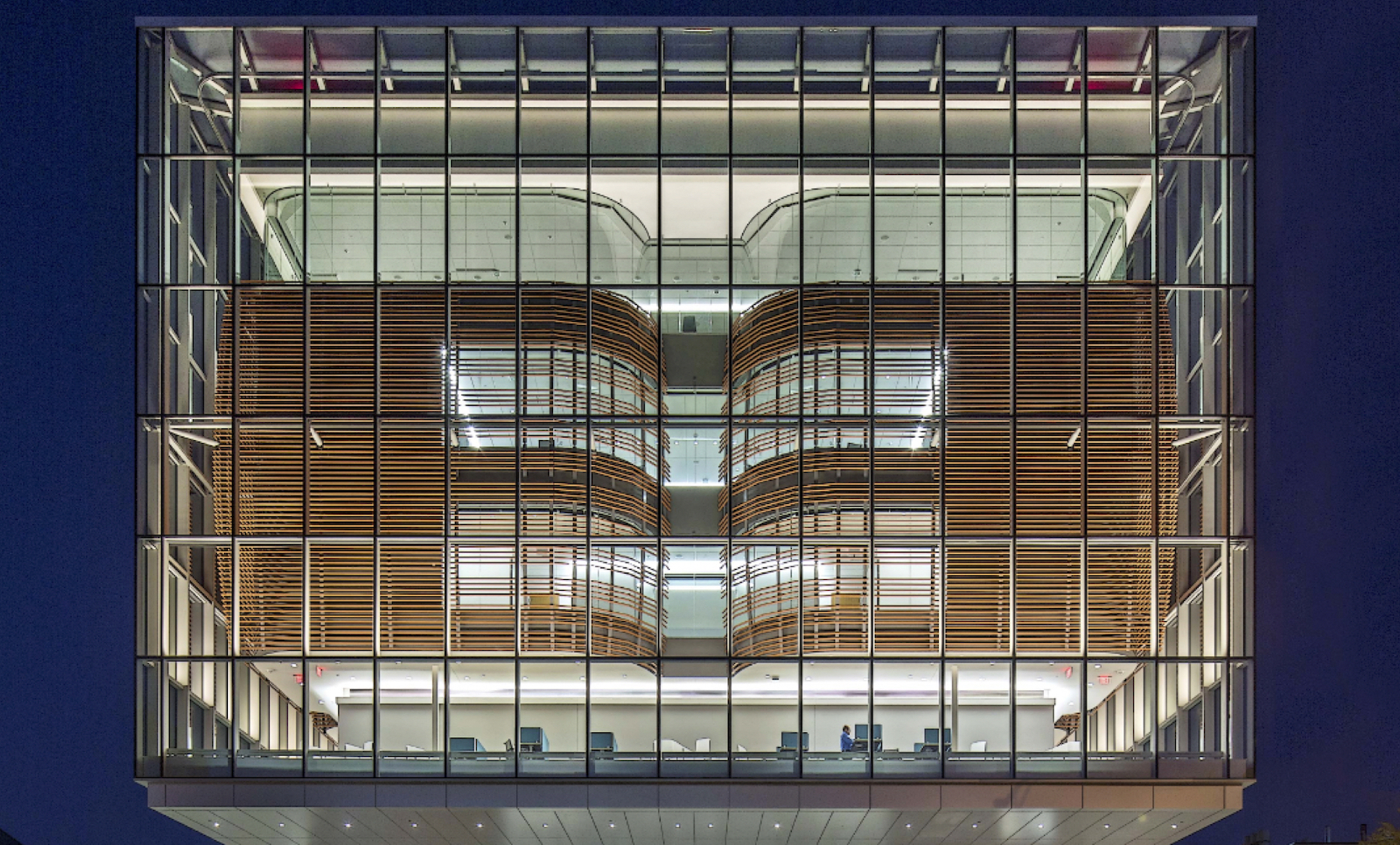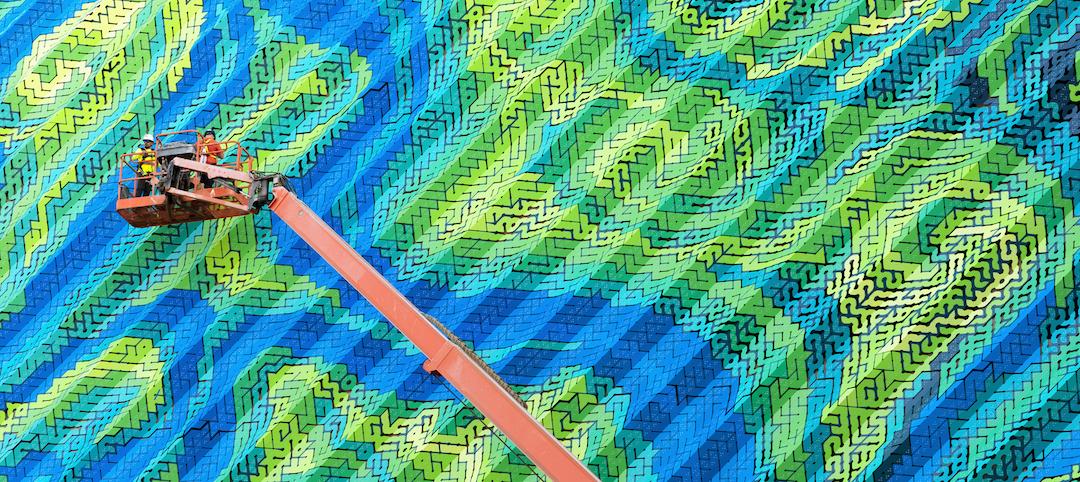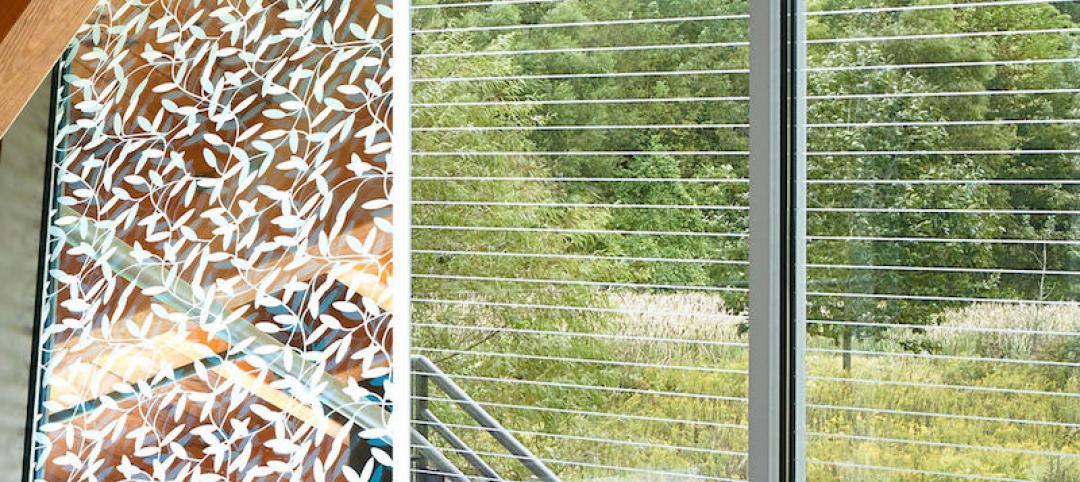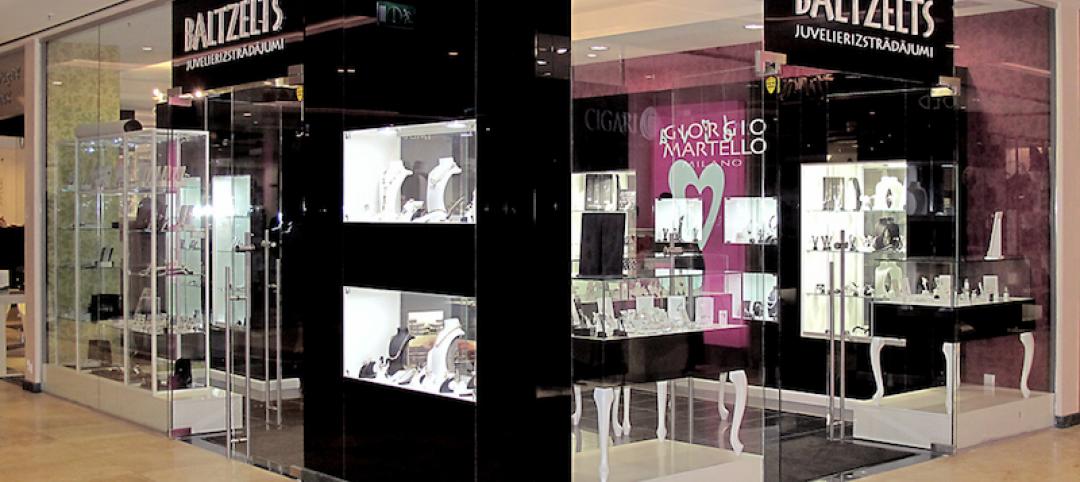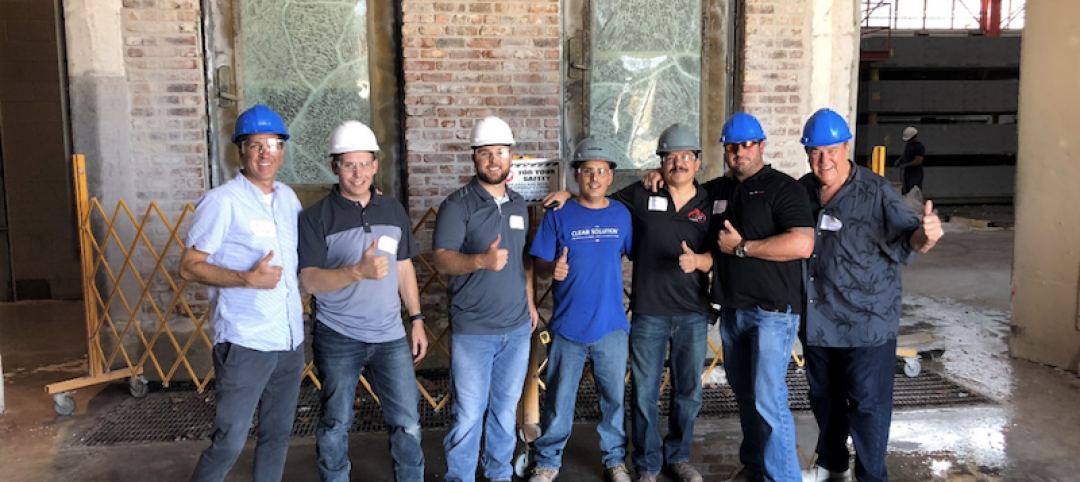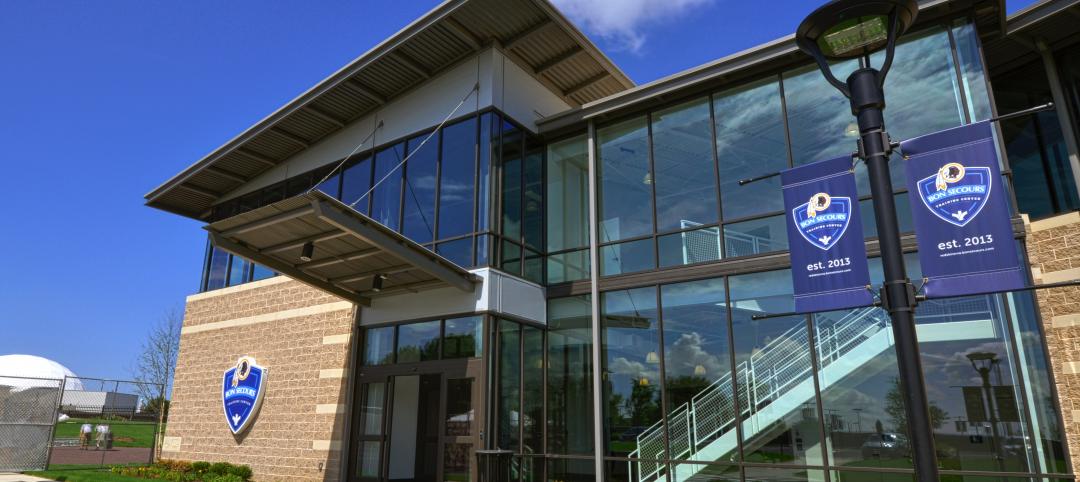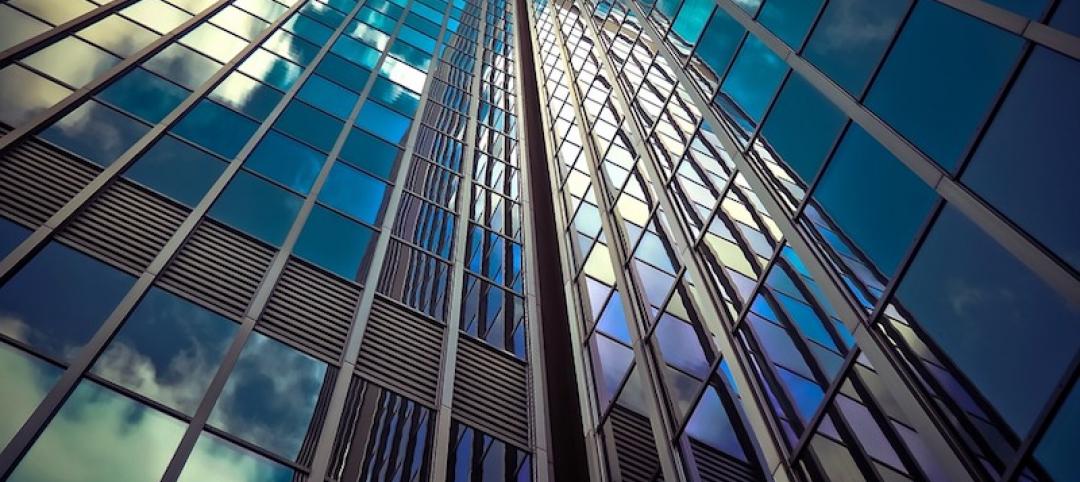Clear glass is extremely common and is popular for a variety of architectural design applications, including vision glass, spandrel glass, storefronts, entryways and other exterior uses. It is specified repeatedly due to its versatility and ability to serve as a substrate for solar control, low-emissivity (low-E) coatings. In addition to its compatibility with low-E coatings, clear glass—sometimes referred to as “clear float glass, “conventional clear glass” or “standard clear glass”—is also relatively inexpensive and is frequently selected for its neutral color.
However, when specifying glass to achieve a desired aesthetic, design professionals know that clear glass isn’t completely clear. When viewing a lite of clear glass, you may notice its slight green aesthetic, which becomes more pronounced when viewed from an angle and appears even darker at increased thicknesses or when used with low-E coatings. This can compromise design intent, especially if the goal is to create a highly transparent façade or well-lit spaces with brilliant views of the outdoors.
Iron oxide content within the glass, left over from the manufacturing process, gives clear glass its green aesthetic. Experienced design professionals are all too familiar with this undesirable attribute. However, new innovations are addressing this design challenge from both an aesthetic and budget perspective.
Low Iron and High Performance
The right glass can be the centerpiece of an amazing design concept. With its low iron content, low-iron glass significantly reduces the green hue found in clear glasses, making it ideal for distinctive exterior applications where excellent clarity is required. For reference, Acuity™ low-iron glass by Vitro Architectural Glass is 60 percent less green than ordinary clear glass.
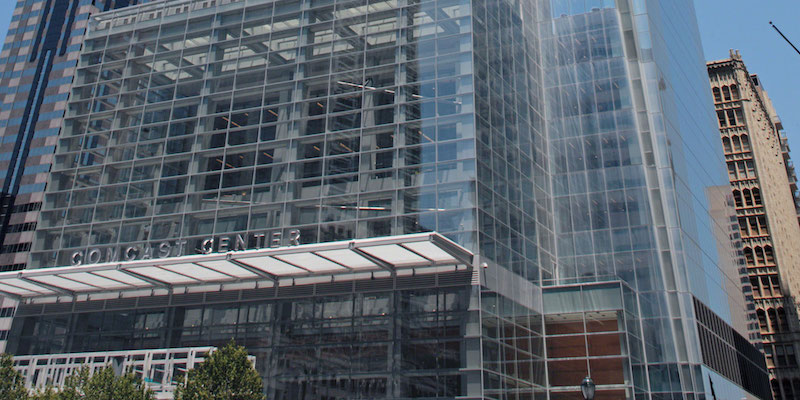
Low-iron glasses are also ideal substrates for low-E coatings, complementing the heightened clarity with outstanding energy performance. This combination allows designers to create highly transparent, high-performance exterior façades with brilliant interior views, high visible light transmittance (VLT) and true-to-life views of the outdoors.
A low-E, low-iron insulating glass unit (IGU) typically consists of an exterior lite of low-iron glass with a low-E coating applied to the interior surface and an exterior lite of uncoated low-iron glass. This configuration can be specified for everyday applications, such as office buildings and institutions, hotels, schools, condominiums and mixed-use buildings, as well as entrances and retail storefronts. Low-E, low-iron IGUs also can be leveraged for distinctive daylighting applications, such as atriums and skylights.
Cost Considerations
Fabricated glass costs are an important consideration in the façade design process. Market research indicates the installed cost of a standard glass and metal curtainwall averages $90 per square foot nationally. While the prospect of upgrading from coated clear glass to coated low-iron glass may raise budget concerns by some project stakeholders, new advances by glass manufacturers have helped bring transparent, high-performance façades within reach.
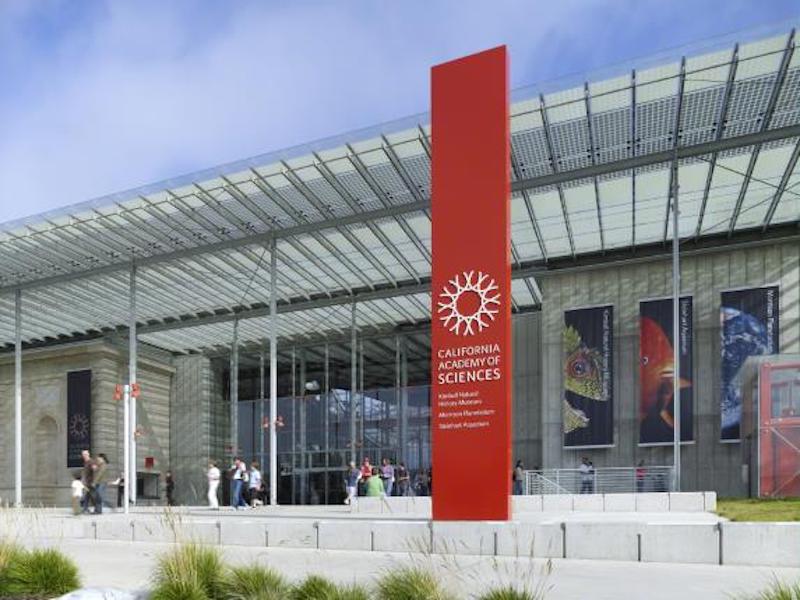
For example, upgrading a low-E-coated clear insulating glass unit to an IGU with Solarban®Acuity™ glass by Vitro Architectural Glass typically will increase the total installed curtainwall cost by only $1 to $2 per square foot. This optimization of cost, clarity and performance allows design professionals to make low-iron glass an integral focus of their façade designs.
Commercial building design is often an exercise in balance—between performance and aesthetics and budget and quality. Fortunately, options are available today that allow design professionals to avoid compromise and retain their original design intent.
Get less green, for less green
Request samples of Solarban®Acuity™ glass at vitroglazings.com/acuity. Choose from two customizable sample kits to assist with product evaluation.
Related Stories
Design Innovation Report | Jun 25, 2019
2019 Design Innovation Report: Super labs, dream cabins, office boardwalks, façades as art
9 projects that push the limits of architectural design, space planning, and material innovation.
Glass and Glazing | Feb 7, 2019
Designing for the birds is not just for the birds
We’ve all seen it. A dead bird laying on the sidewalk next to a building. Or, maybe we’ve heard it. The loud bang of a bird flying into your window.
Sponsored | Glass and Glazing | Jan 3, 2019
L’Avenue Apartments, Montreal, Quebec
A new Montreal icon features glass in contrasting shades for optimal aesthetic appeal.
Sponsored | Glass and Glazing | Dec 20, 2018
The beauty and benefits of tinted glass
Tinted glass helps to regulate a building’s temperature as it is designed to absorb energy from the visible light spectrum.
Sponsored | Glass and Glazing | Dec 13, 2018
Glass sells: The importance of glass in retail
Store frontage is integral to showcasing what’s inside and, more importantly, who is inside.
Sponsored | Glass and Glazing | Nov 26, 2018
Why “if it ain’t broke, don’t fix it” doesn’t work!
I refused to believe that wire glass, which has been used in the US for over 100 years, was the only fire rated glazing option.
Sponsored | Glass and Glazing | Oct 23, 2018
Patient care with clarity: UCSD Jacobs Medical Center strikes new form in health care delivery
A 'patient first' approach was the inspiration for the hospital’s design.
Sponsored | Glass and Glazing | Aug 28, 2018
Energy efficient glass: Products for every climate
It is crucial to consider how glass, as beautiful as it may be, will improve the energy efficiency of buildings.
Glass and Glazing | Aug 6, 2018
New design guide for structural silicone glazing released
AAMA publication describes proper guidelines and glazing procedures for structural glazing.
Sponsored | | Jul 24, 2018
Elevate aesthetics without compromising performance with Vitro Architectural Glass


